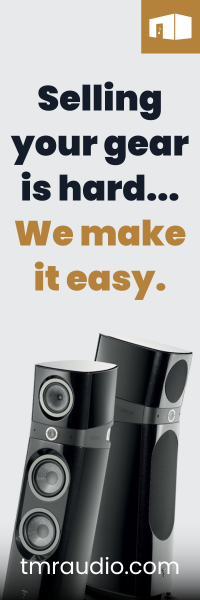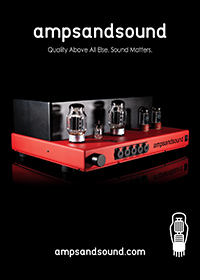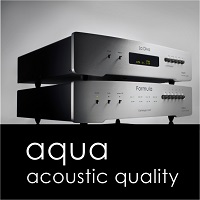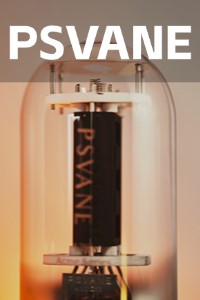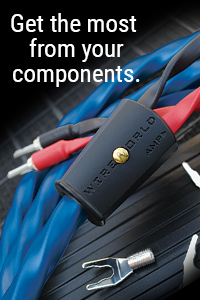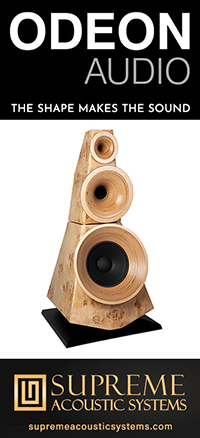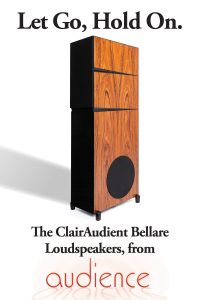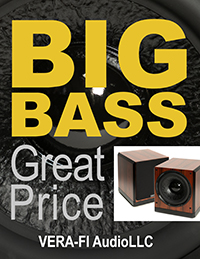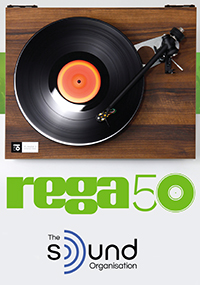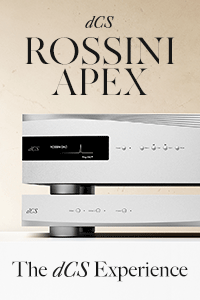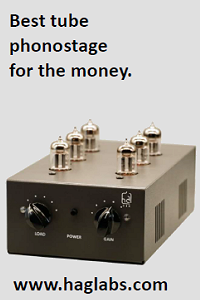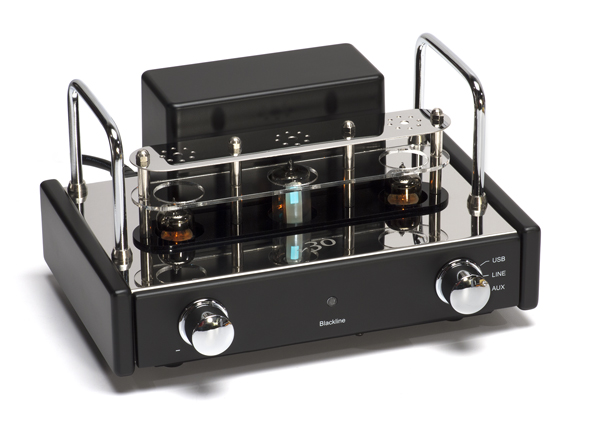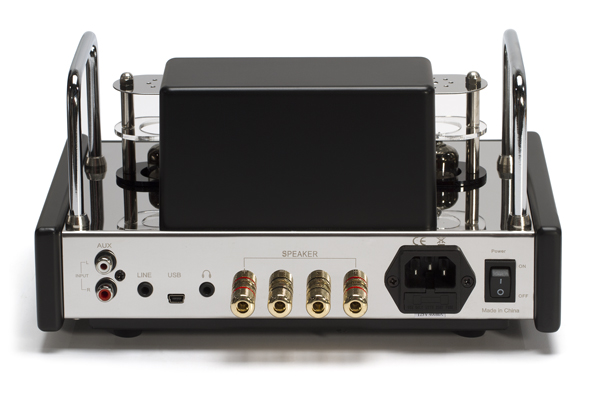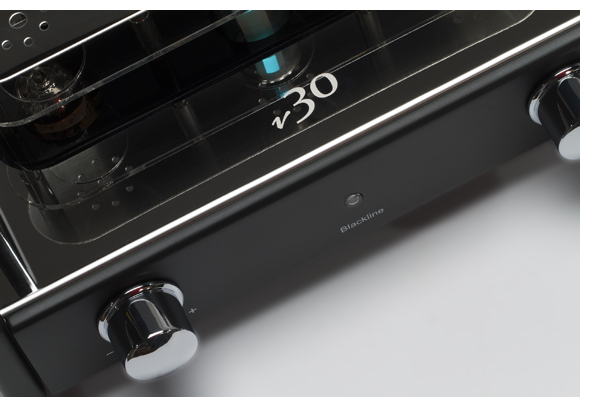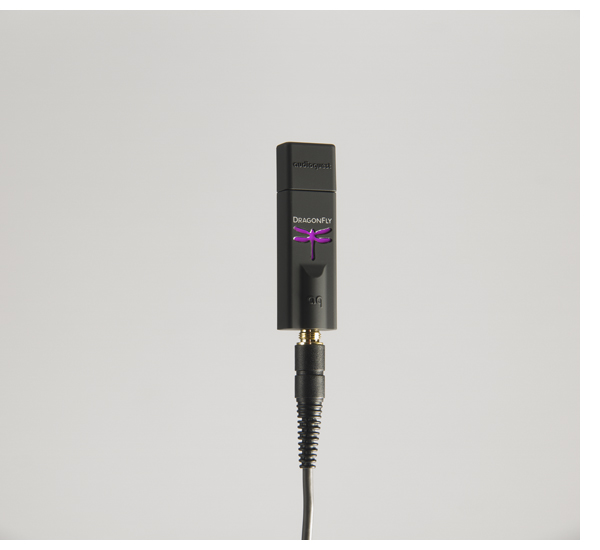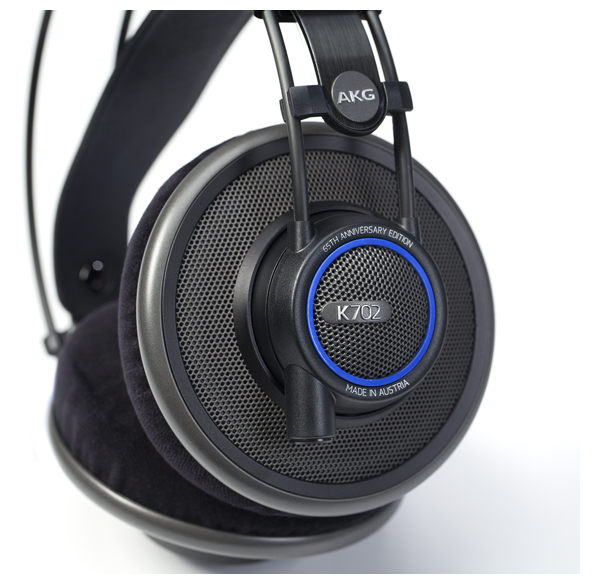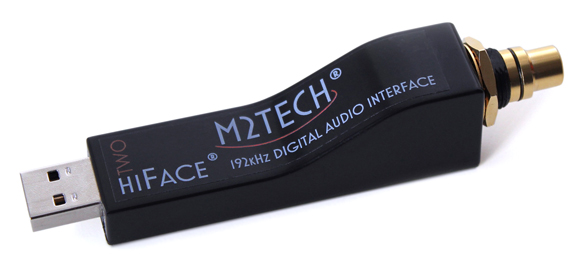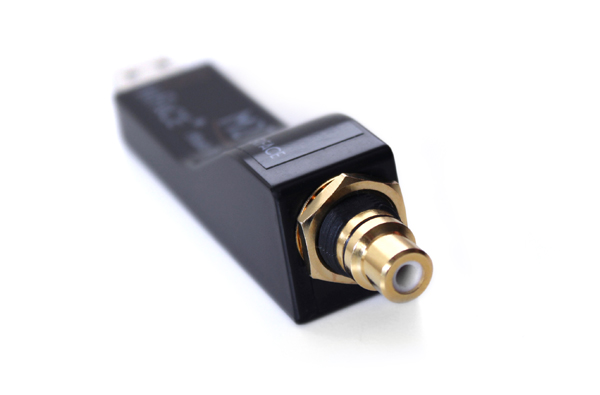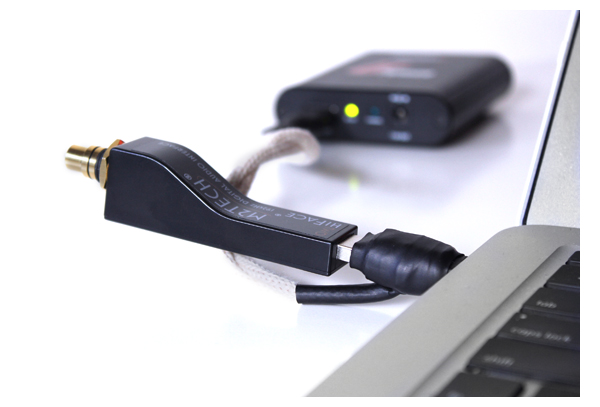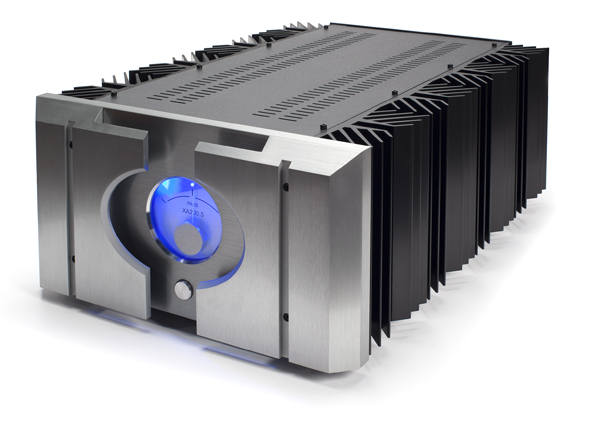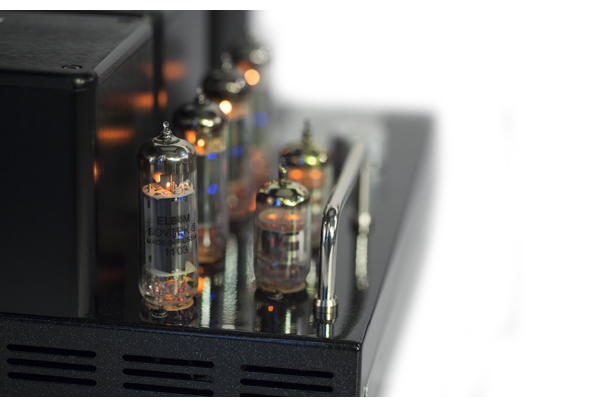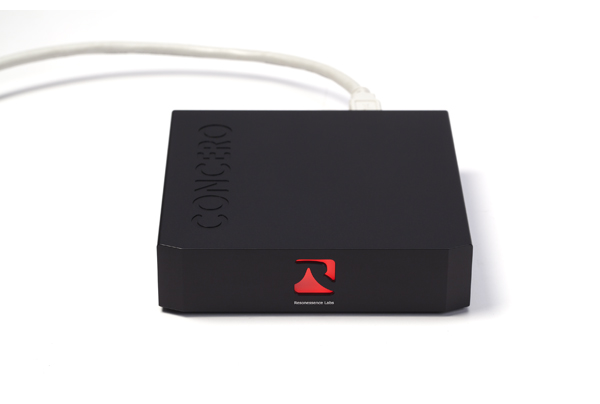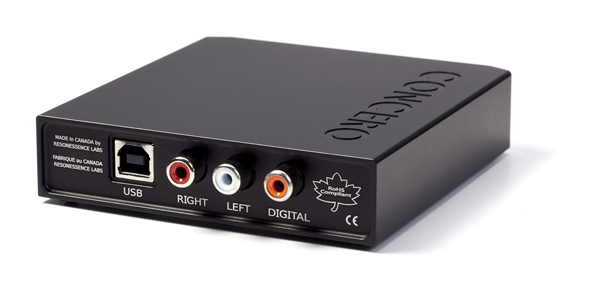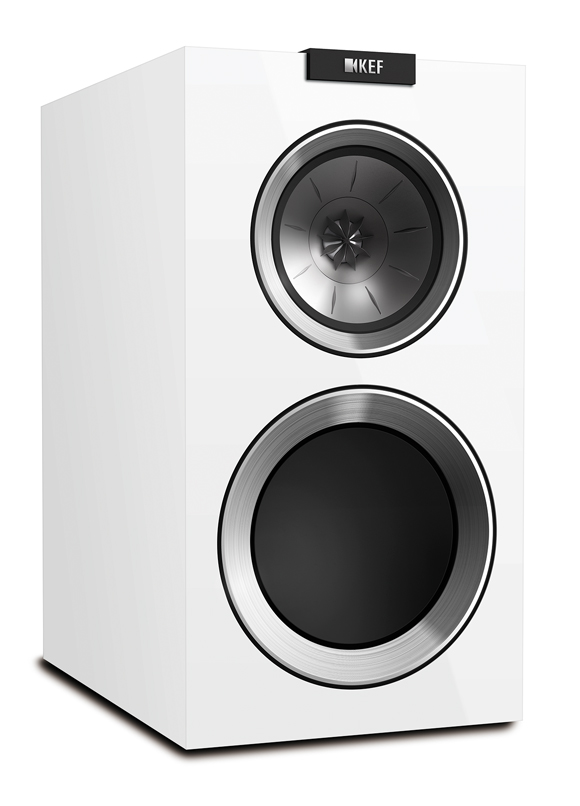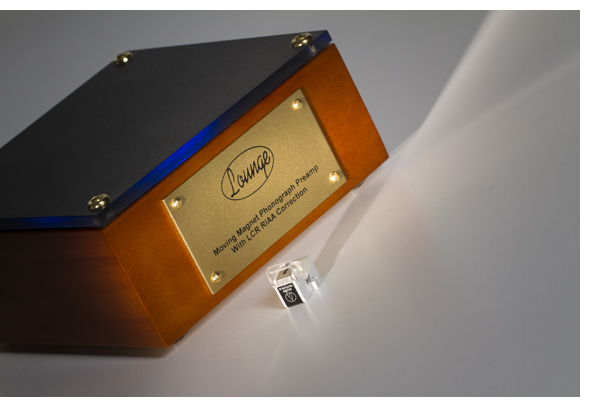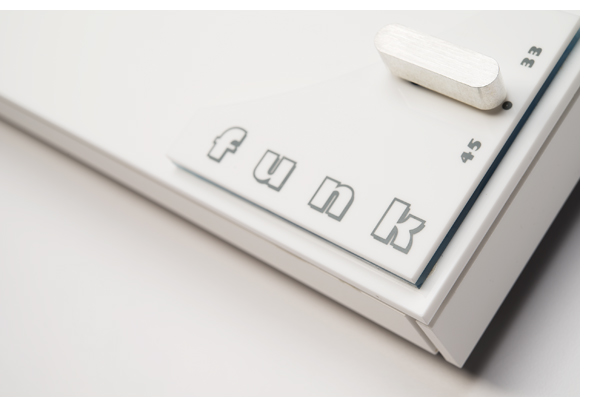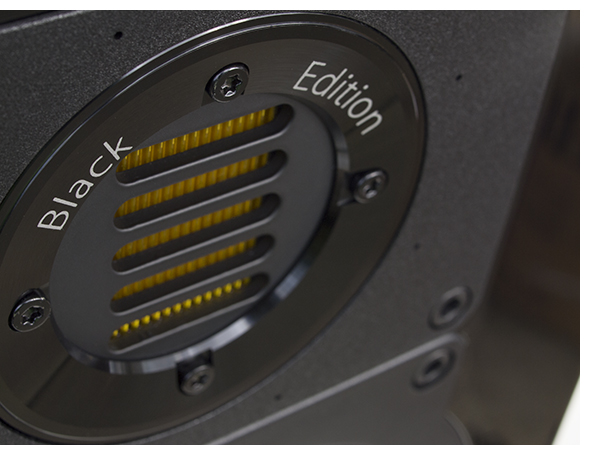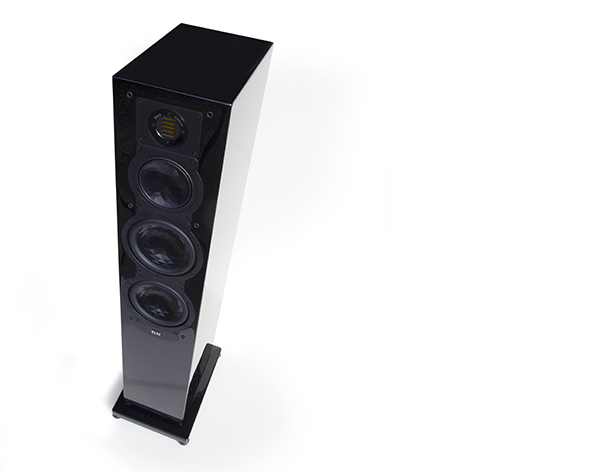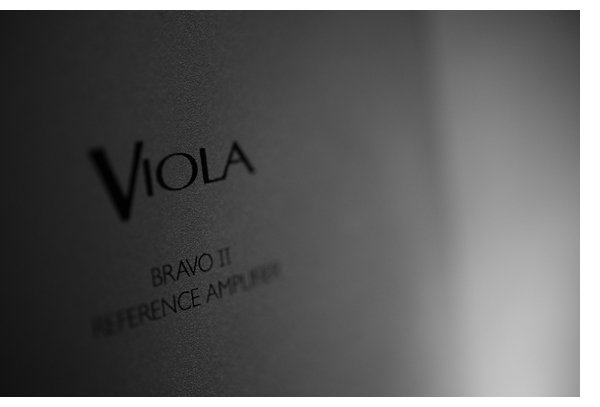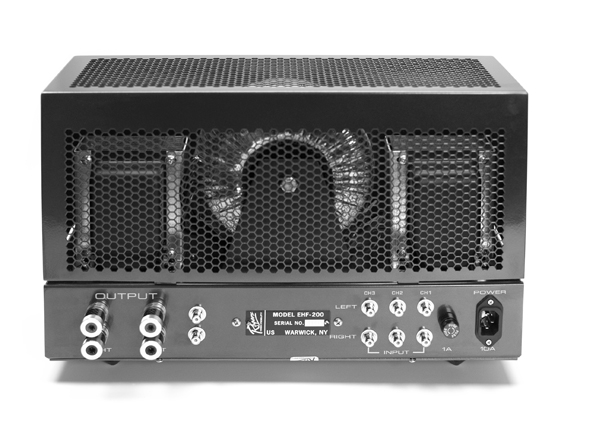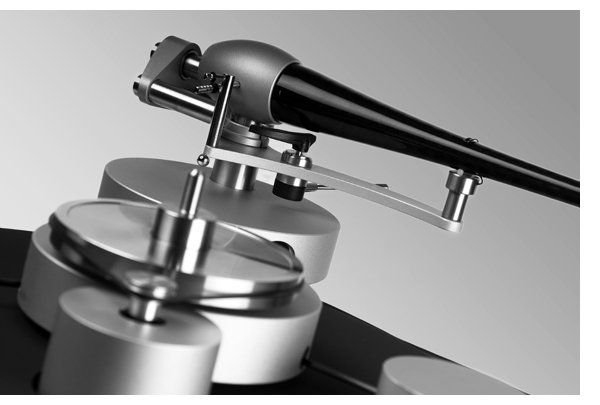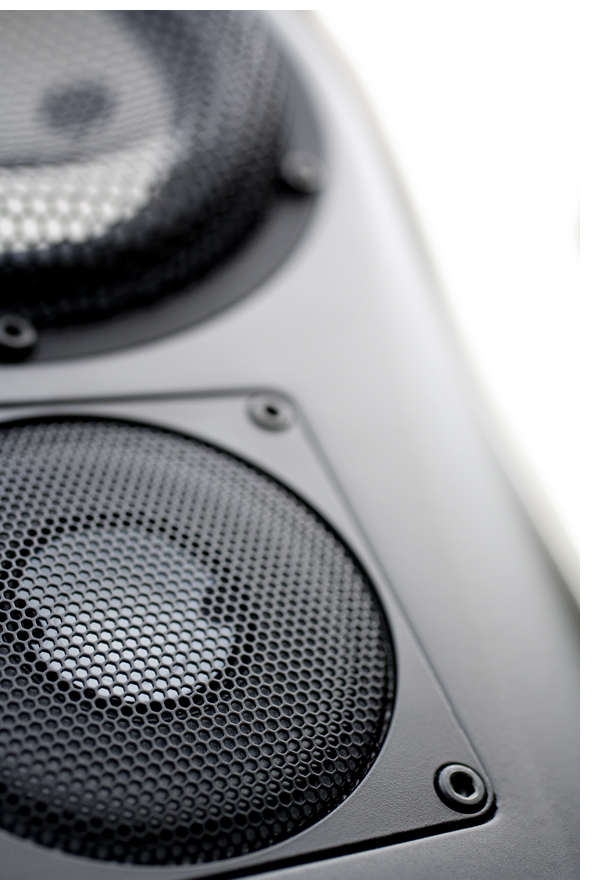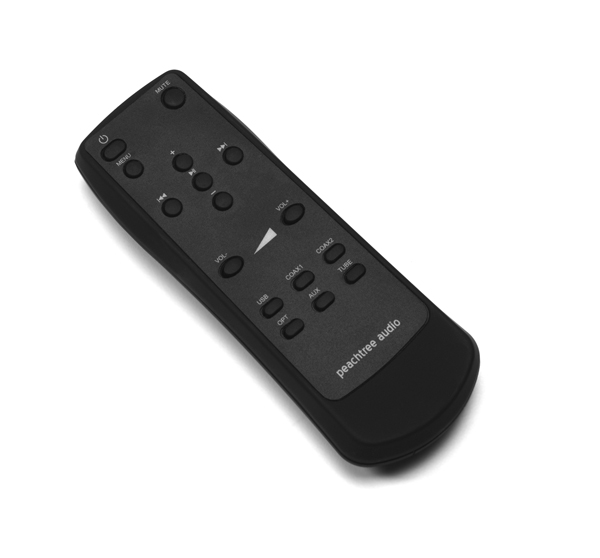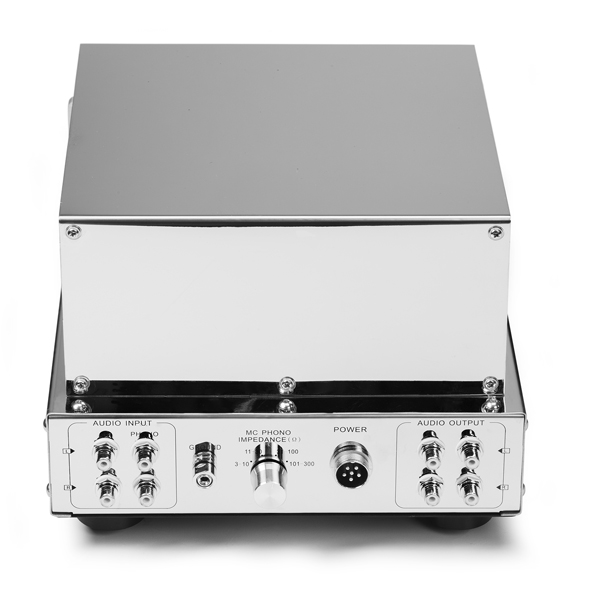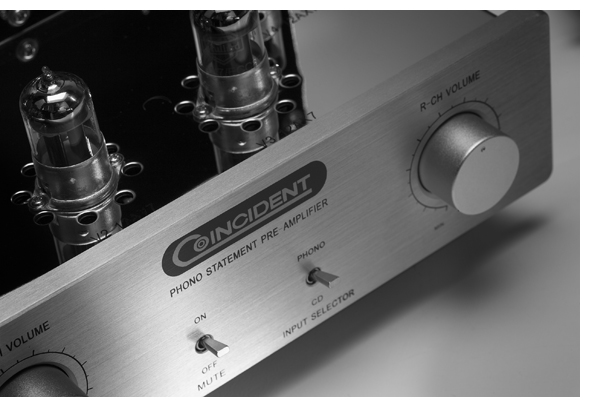 How many times have you heard a fellow audiophile or music lover say, “For that kind of money, those speakers should wash your car” or, “They should be better than sex”—or something to that effect? A pair of Sonus faber Aida loudspeakers cost $120,000 and are better than sex. Spend a few minutes immersed in a serious listening session, and you won’t care if your luxury car is dirty. Play a few more tunes, and you might not even notice your significant other beckoning you to the bedroom for some intimate time. They are that good. Indeed, the Aida is as close to perfection as I’ve experienced, and I’ve spent a lot of time listening to the world’s finest speakers. These, however, do nothing wrong.
How many times have you heard a fellow audiophile or music lover say, “For that kind of money, those speakers should wash your car” or, “They should be better than sex”—or something to that effect? A pair of Sonus faber Aida loudspeakers cost $120,000 and are better than sex. Spend a few minutes immersed in a serious listening session, and you won’t care if your luxury car is dirty. Play a few more tunes, and you might not even notice your significant other beckoning you to the bedroom for some intimate time. They are that good. Indeed, the Aida is as close to perfection as I’ve experienced, and I’ve spent a lot of time listening to the world’s finest speakers. These, however, do nothing wrong.
Steve Martin once said, “First, get a million dollars.” Perfection doesn’t come cheap, and that’s the only bad news concerning the Aida. This speaker caters to an exclusive club, yet sales are steady, especially now that the $200,000 “Sonus faber” is no longer on the market. And while these gems flawlessly perform no matter what they’re connected to, the better your source components, the better the end result.
Listening to an old favorite, 10cc’s Bloody Tourists, the heavens align, as they do every time I listen to the Aidas (pronounced Eye –ee-dah). Regardless of the recording material or recording quality, I’m hearing more music than I’ve ever experienced on familiar recordings—and my reference GamuT S9 speakers aren’t exactly slouches. Passages decay more than they did before. There’s an extra guitar overdub here I hadn’t noticed, and an extra layer of vocals. If you audition the Aida, prepare to invest in coffee. You’ll be shutting off the lights at 2 a.m. just because you have to hear just one more record.
These rewarding experiences, my friends, are what the pinnacle of high-end audio is about. Sound so good, so real, you can just reach out and touch it. If you like smooth vocalists like Diana Krall, the Aidas offer you the opportunity to have a sonic lap dance. If you want to rock, and have enough amplifier power, the Aidas put Slash and a wall of Marshall cabinets in your room. And if you like electronica, the Aidas deliver Deadmau5 to your door, mouse mask and all. Acoustic music lovers are in for the biggest treat. The Aidas present a tonal accuracy and contrast that, by far, are the most natural and convincing I’ve ever witnessed.
When covering a Deadmau5 show with Music Editor Bob Gendron last year, he remarked, “Your system can’t do that…” Yet, on a recent visit to the TONE studio, he had recalibrated his perspective. Playing “Raise Your Weapon” from 4×4=12, and twisting the level control on the ARC REF5SE up to 80, a monstrous grin came over his face. Switching the program to the Slayer Vinyl Conflict box set, he admitted, “These speakers play at concert-hall levels with none of the distortion and fatigue you get at a live performance. I’ve never heard a stereo system sound like this.” Another convert.
 Posh Treatment
Posh Treatment
Every pair of Aidas comes with a visit from Sonus faber to make sure the speakers are optimized for maximum performance. If you live in North America, chances are high that Sumiko’s Bill Peugh will make the journey. Having heard Peugh work his magic at countless dealers and audio shows, it was a pleasure to have him take the time to set up the Aidas here.
For a speaker that weighs 365 pounds each, the Aida is a svelte tango partner. Thanks to the enclosed collapsible trolley, they are easily moved about. And the job can be done with one person, making it easy to place the speakers in a listening room. Another example of how no stone has been left unturned by Sonus faber.
After a brief listen to a single speaker in the room so we could get a handle on bass response, we introduced the second speaker into the system and found the pair beginning to optimize. The Aida uses a rear-firing midrange and tweeter, each having their own controls on the rear panel. The “Sonus faber” introduced this concept, and it’s used to great success here. For now, the Aida is the only other speaker in the Sonus faber range with this function.
Having set up the speakers for the best combination of imaging, frequency smoothness, and bass response, we turned to fine-tuning the rear firing drivers. It’s an illuminating process: The level coming from the drivers isn’t terribly high, yet when adjusted, it causes a profound difference to the overall sound. Setting the level too high destroys the Aidas’ precise imaging performance by way of brightness. Not enough, and the speakers lose some airiness and coherence. Much like fine-tuning VTA, the speakers disappear when a perfect balance is obtained. No small feat for six-foot-tall models.
How quickly the Aidas settle into a groove. We are listening in earnest by the end of the first afternoon. My review models boast very few hours of prior listening time, so they are—for all practical purposes—a fresh pair. Like those on any speaker, the drivers require a certain amount of physical break-in to open up and achieve full body. The Aida is no different, although in retrospect, it merely sounds smaller and less extended after the initial uncrating. Bass is not completely fleshed out, and coherence between drivers is not as good as it is with a couple hundred hours on the clock. By the next day, after 24 hours of continuous play, they begin to relax.
Sumiko’s John Paul Lizars assures me the speakers change character during the break-in period, but it must have happened while I was sleeping. To be clear, I left them playing 24 hours a day during the review period; they had to be back in time for the 2013 Consumer Electronics Show.
As tests evolved, all I noticed was a slight fog, which progressively dissipated. Leaving the Pass XA200.5s Class-A monoblocks powered-up for nearly a month had consequences on my electric bill; I used three times more electricity as the average house in my neighborhood. Yikes. I’ve had a few paranoid delusions of the DEA showing up at my house with a SWAT team wanting to know where I’m growing the marijuana crop, only to give them a tour of my studio. “Sorry officers, no drugs in here, just these big amplifiers.” If I’m not at CES in January, you’ll know why.
I spent the bulk of my listening time utilizing the Pass monoblocks and Octave Jubilee monoblocks, which offer 250 watts per channel of vacuum tube power.
Under Pressure
The Aidas are polite company at low to modest listening levels. But as the volume goes up, they do an even better job at disappearing in the room. Sumiko representatives often discuss the concept of “pressurizing the room,” and I’ve never heard it better illustrated than with these speakers. Interestingly, I found myself (and guests) listening to the Aidas at higher levels than normal. Once the volume hits a certain point, the aforementioned effect becomes hypnotic, drawing you further into the presentation than you might have thought possible.
Fatigue that accompanies twisting the volume control to the upper regions? It’s just not there with the Aidas. Instead, it feels as if you can just keep turning up the volume forever, or at least until your amplifiers run out of power.
Tied to a chair and given truth serum, I’ll confess my love of the sound of a great electrostatic speaker like the Quad 57 or the MartinLogan CLX. Coherency is my hot button. It’s not so much midrange magic, but midrange correctly rendered. With no crossover in the path, the associated distortions, by design, do not exist. And distortions are a big part of what convinces your brain that you’re listening to a stereo system instead of the real thing.
Again, the Aidas do the seemingly impossible, providing a seamless soundstage that never sounds like a woofer, tweeter, and midrange in a cabinet (even though their complement of drivers has crossover points at 55, 180, 250, and 3,000Hz). There’s so much new technology incorporated in this speaker, it would take a whole book to cover depth. And that’s precisely what’s included with the Aida— a 200-page tome, illustrating every facet of the speaker’s philosophy, design, and construction. Not to mention a massive collection of great photos, beautifully printed.
The Aida’s downward-firing 13-inch woofer produces bass with incredible texture and grip. I also suspect it heavily plays into its ease. The bass isn’t as aggressive, gut-punching, or pants-flapping as that of a few favorite audiophile darlings, but it possesses a presence that provides a true musical foundation, as it should. Just like when you listen to a musician playing a stand-up bass in a club.
Vide, the acoustic bass line in Stanley Clarke’s In the Jazz Garden is rich with decay, texture, and pace. Clarke’s instrument does more than maintain a separate space from piano and drums; it projects a three-dimensional effect that bass rarely manages in a recording. When changing the program to Dan Deacon’s America, the growling synth bass line shakes my room. These speakers move serious air when required.
The high-frequency spectrum is equally well represented. Older Sonus faber speakers, while providing highly pleasing sound, are often criticized for a midrange glow that borders on coloration. The Aida retains a high degree of utter tonality and soul, and provides a high degree of resolution and the ability to render musical detail without harshness, distortion, or fatigue. It yields a greater degree of loud-to-soft gradation than anything I’ve heard shy of the world’s finest horn systems.
Moving away from the ring radiator design of the former flagship, the Stradivari, a new, 29mm “arrow point” tweeter gets incorporated in the Aida. The intriguing albeit delicate bar is a very specific wave guide. Nothing in the Aida is without function. Peugh states the soft dome allows for a more natural response as well as more even and natural room dispersion. Experiencing the Aida is remarkably similar no matter where you sit in the listening environment, contributing to the notion of musicians playing in another room when listening from afar.
While the Aidas have a sensitivity spec of 92db with one watt, they give more with tons of clean power on tap. A sampling of lower-powered amplifiers in the 25- to 50-watt-per-channel range proves acceptable. Still, small amplifiers run out of juice when called upon to really rock. And I can’t imagine an Aida owner not wanting to take advantage of as wide a range of music as possible.
 Ooh, the Cabinet
Ooh, the Cabinet
Much of the Aida’s sound can be traced to the cabinet and Sonus faber’s approach. A visual tour de force, these speakers arouse and impress, coated with layer upon layer of hand-applied and hand-polished lacquer. The metal bits receive the same amount of attention to fine detail, right down to the exact formulation of the bath used to apply the anodized coatings. Words and photos do not do justice to these audible works of art. The booklet states the processes used in the speakers’ construction is “like that in an Italian supercar,” and it isn’t kidding.
Many current speaker manufacturers live and die by the sword of completely eliminating any resonance from the enclosure. However, Sonus faber looks at speaker design like an instrument manufacturer would, working with resonances and fine-tuning to achieve a more musical result. If you like the Wilson/Magico/YG Acoustics approach, I doubt you will love the Aida—just as I wouldn’t expect an automobile enthusiast that loves the Aston Martin DBS to be equally excited about the Porsche 911 GT3. High performance, different approach.
As for the emotional connection the Aidas engender? A non-audiophile friend, who is a cabinet maker by trade, was in awe of the enclosures that take nearly three weeks to complete. Before I put Mobile Fidelity’s recent 45RM remaster of The Freewheelin’ Bob Dylan on the turntable, he was explaining “no one listens to vinyl anymore.” Then, when the needle dropped, he teared up. “I used to go to the Village and see Dylan all the time. This puts him right in the room.” We switched back to the same album on CD, even played through the fantastic dCS Paganini, and the magic diminished. How can you ask for a better, more emotionally engaging experience?
 Listen to Get the Rest of the Story
Listen to Get the Rest of the Story
If you were hoping for a treatise on specs, measurements, and speaker configuration, that’s not what matters here. And none of it will matter to you after you’ve spent 60 seconds listening to one of your favorite pieces of music through the Aidas. I can’t think of a more sublime example of high technology serving fine art.
Should a $120k pair of speakers not be on your short list, try and experience the Aida anyway. And have your Sonus faber dealer demonstrate the new $2,498 Venere 2.5 speakers. A staggering amount of technology trickled down to the company’s entry-level speakers, and is only be made possible by an enterprise that has the resources to build an Aida.
Just as Verdi’s Aida took his art to its highest level, Sonus faber’s Aida takes the aesthetic and acoustic art of speaker-building to an equally lofty level. While it can be tough to justify the value with products so expensive, having spent plenty of time with most of the top models in the six-figure bracket and a considerable number of great speakers in the $20k- $50k range, I can say with absolute certainty that Aidas offer sound and build quality commensurate with price. They have provided one of the most enjoyable musical experiences of my career.
Sonus faber Aida
MSRP: $120,000/pair
www.sonusfaber.com (Manufacturer)
Peripherals
| Analog source |
AVID Acutus Reference turntable TriPlanar tonearm Lyra Atlas cartridge AMG V-12 turntable AMG arm Clearaudio Goldfinger |
| Digital source |
dCS Paganini stack Aurender S10 music server |
| Preamplifier |
ARC REF5SE Robert Koda K-10 |
| Power amplifier |
Burmester 911 mk.3 Pass Labs XA200.5 monoblocks Octave Jubilee monoblocks |
| Cable |
Cardas Clear |
| Power cords |
Furutech PowerFlux |
| Power conditioning |
Running Springs Dmitri and Maxim |
| Accessories |
GIK room treatments Furutech DeMag and DeStat Audio Desk Systeme record cleaner SRA Scuttle rack |
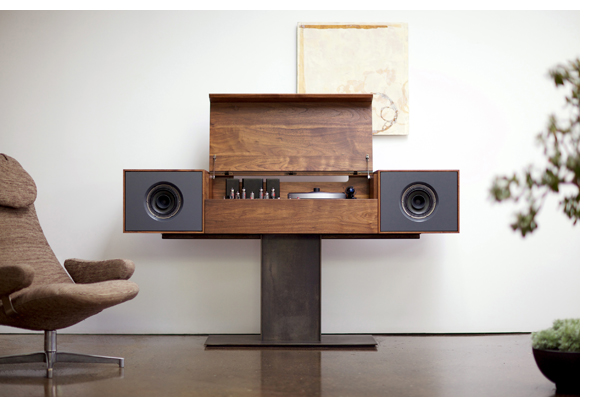 What happens when a group of music-loving, fine-furniture designers put their heads together? They create the Modern Record Console. With the Console, Symbol Audio pays homage to the classic designs of Herman Miller and Knoll from the ’50s and ’60s. A true masterpiece, the Console combines a tube amplifier, built-in subwoofer and a turntable.
What happens when a group of music-loving, fine-furniture designers put their heads together? They create the Modern Record Console. With the Console, Symbol Audio pays homage to the classic designs of Herman Miller and Knoll from the ’50s and ’60s. A true masterpiece, the Console combines a tube amplifier, built-in subwoofer and a turntable.



